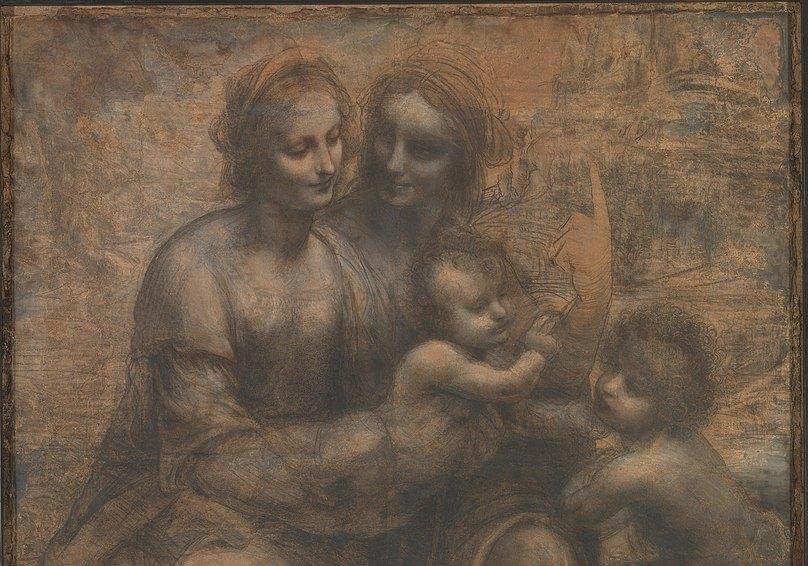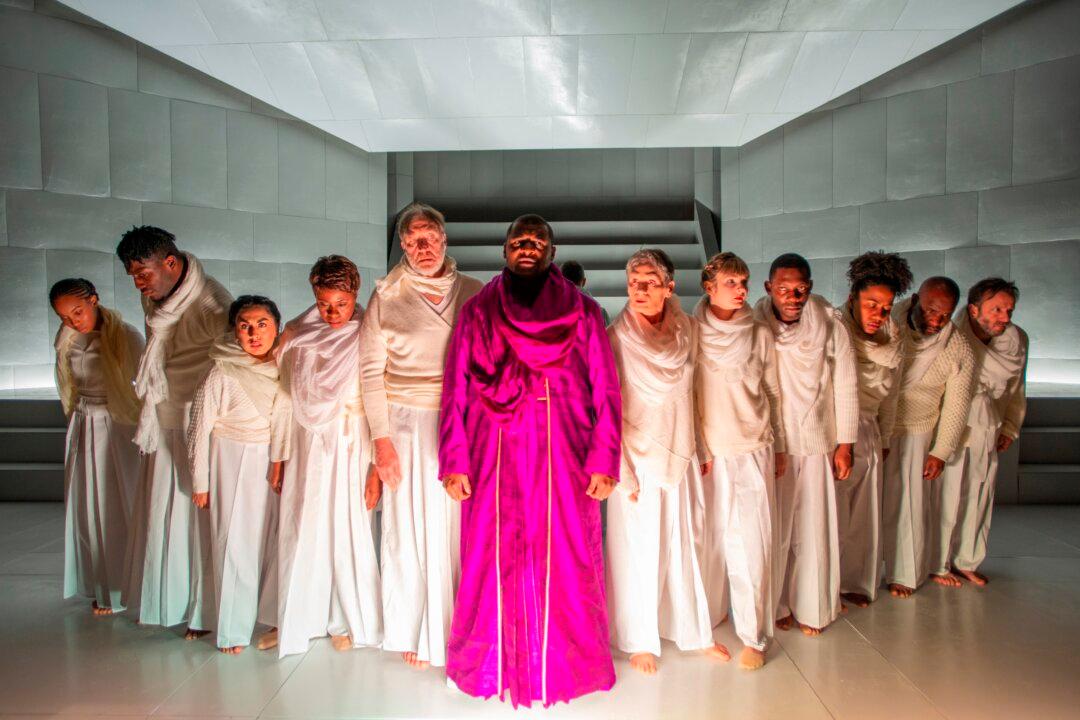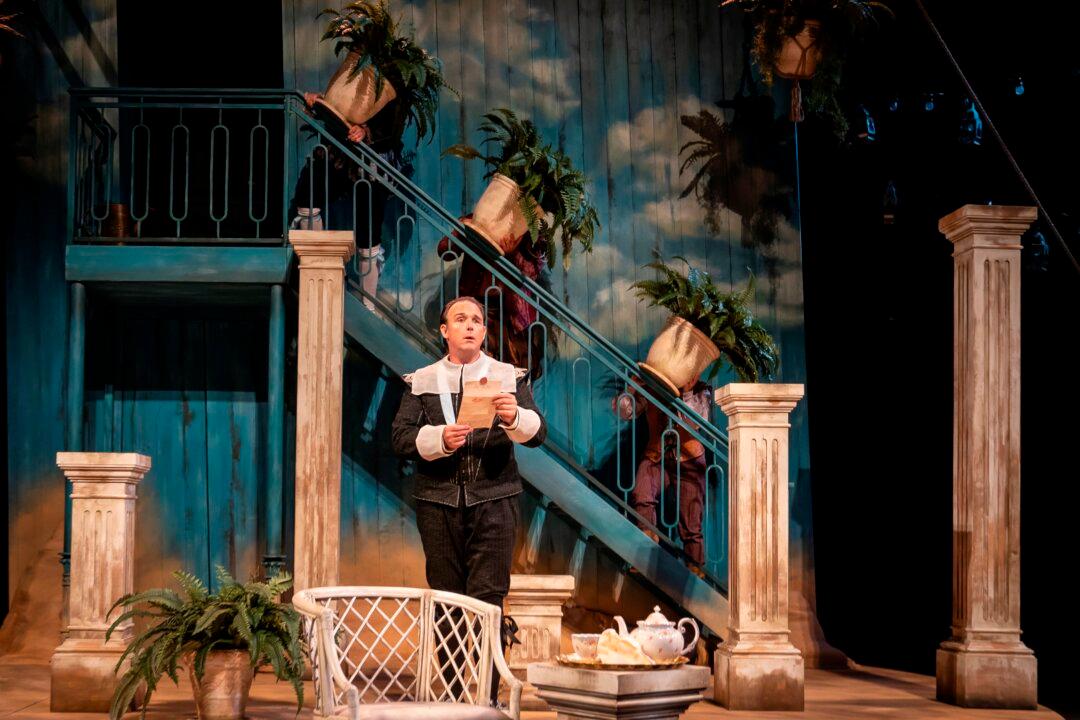If just one work by Leonardo da Vinci sings for me the word genius—genius, that is, in the original sense of the word, which describes a life guided by a spirit or even a higher power—it is his drawing “The Virgin and Child With Saint Anne and Saint John the Baptist.”
Scholars don’t agree when the work was created; some say as early as 1499 to 1500 and others as late as 1506 to 1508. Some just throw up their hands and say a range that encompasses the extremes of those dates.





